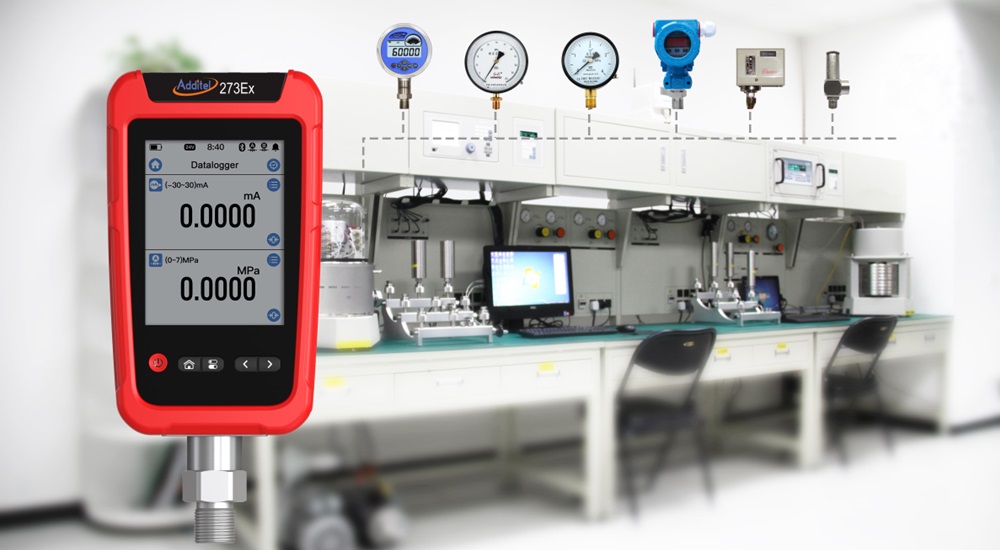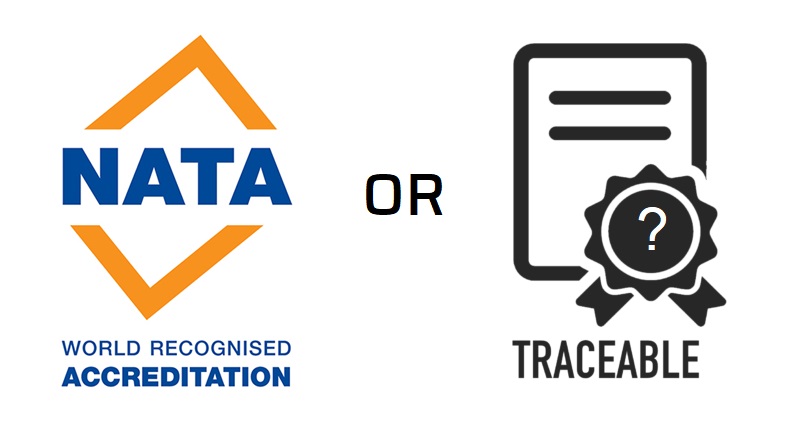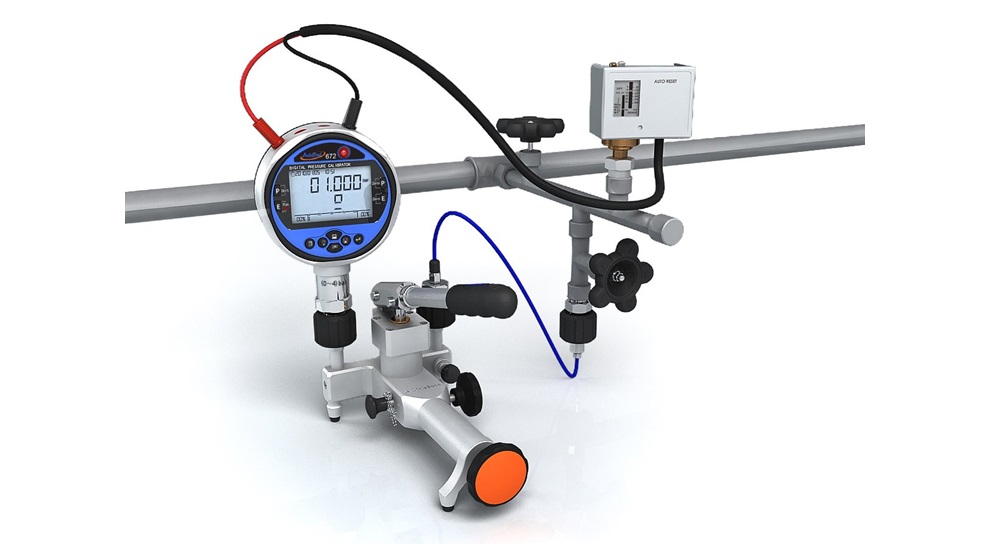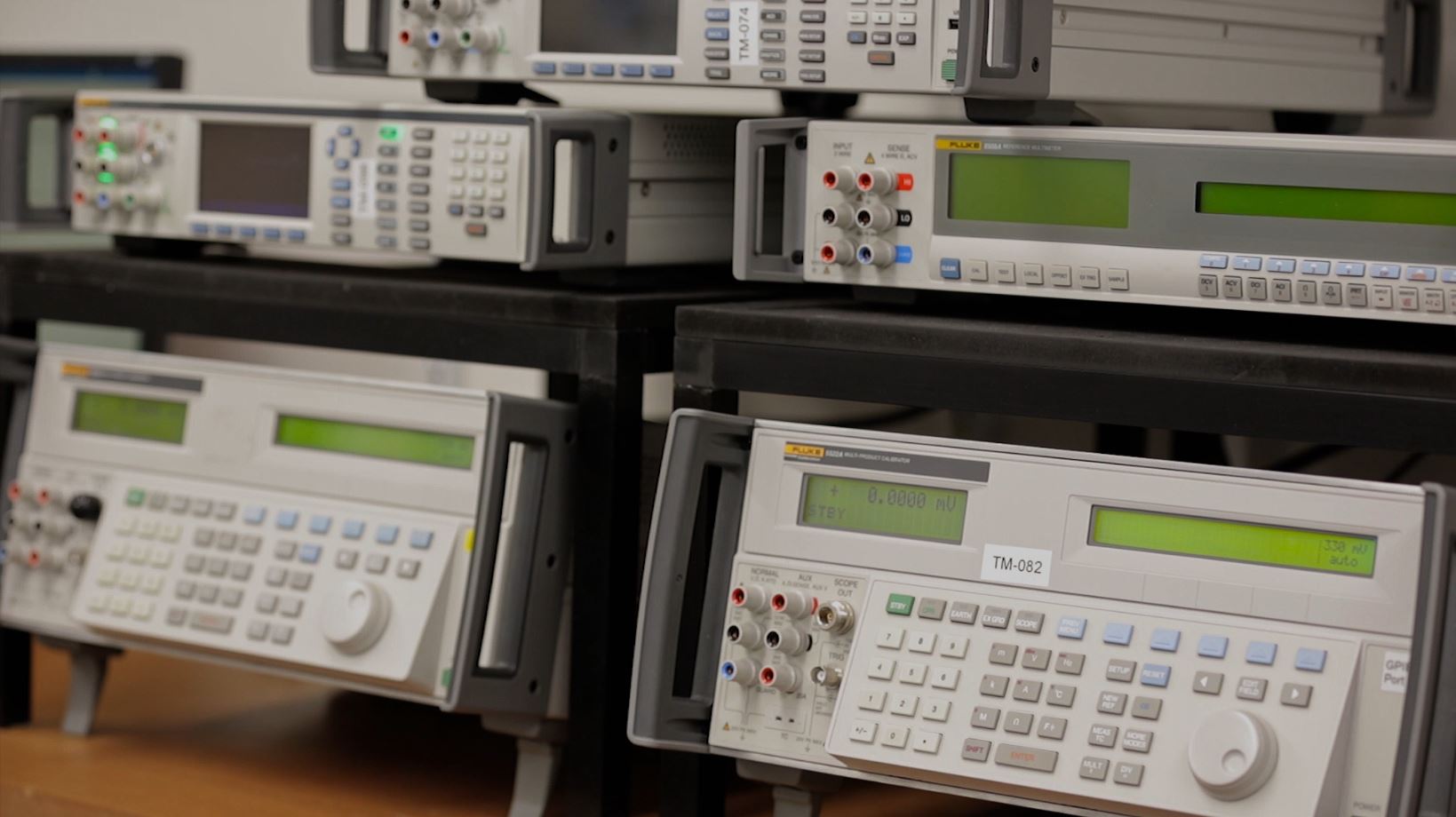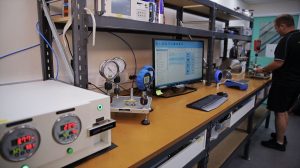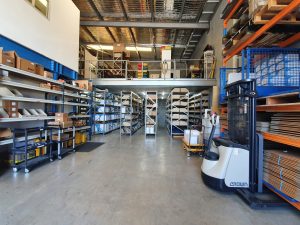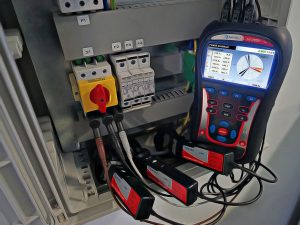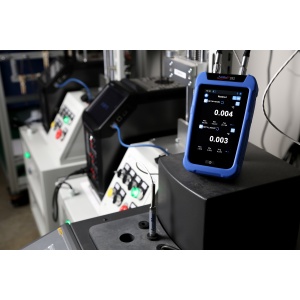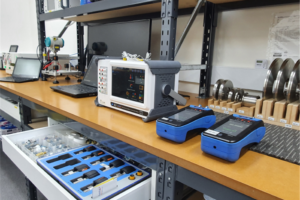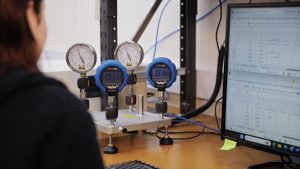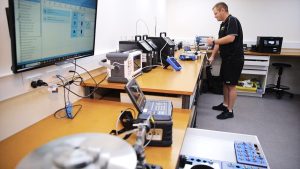Any engineer or technician who understands process control instrumentation and beyond will tell you for a fact that you cannot write off the importance of pressure sensors in the technical world. They come in handy when it comes to hydraulic measurements, air conditioning, aviation and bio medical measurements. But when and why are they used in the first place? Are there different types of pressure senses with some being better than others? Read on to find out.
Automotive applications
Pressure sensors form an integral part of engines in the auto world. They are used to measure and monitor oil pressure as the engine runs. They are also used to regulate torque and power than an engine should deliver so as to achieve the required speed once the accelerator is pressed or once brakes are applied to the car. For safety purposes, pressure sensors are integrated into anti-lock braking systems. The system then adapts to the road terrain and makes sure that tires do not lock and the vehicle does not skin in cases of sudden braking at extremely high speeds.
Bio medical instrumentation applications
Ventilators and digital blood pressure monitors also use pressure monitors. Their pressure sensors are however simple and easy to monitor. Not so with bigger and more sophisticated bio medial instruments like life support systems as they feature advanced pressure sensors.
Industrial applications
Pressure sensors in industries are mostly used to monitor gases in different units. That way, chemical reactions can easily take place in controlled conditions. In the oil industry for instance, pressure sensors measure the depth at which the oil rig has reached during exploration.
Aviation applications
Light aircrafts and airplanes use pressure sensors to monitor the balance between control systems and atmospheric pressure. This goes a long way to protect circuitry as well as several internal components of an airplane. It also gives precise data to airplane systems about the external environment. In simple words, there are particular or rather recommended air pressure levels that must always be maintained at the cockpit before a plane can take off. Only pressure sensors can make it easy for the pilot to if the pressure in the cockpit area is at its recommended level.
Marine applications
Talk of pressure sensors in the marine industry and the first thing likely to strike one’s mind is submarine. But that is not the only instance where pressure sensors come in handy. Ships also use pressure sensors. For submarines, pressure sensors are used to estimate the depth at which the submarine is operating from. They can also be sued to detail marine conditions so as to ensure that electronic conditions that run the submarine remain safe and functional.
There is also the fact that oxygen requirements under water should always be monitors using pressure sensors. Note that use or pressure sensors for both ships and submarines call for utmost accuracy and proper reading of the pressure figures. That is why pressure sensors should always be handled by professionals – that way misreading or miscalculating pressure figures can be avoided.

